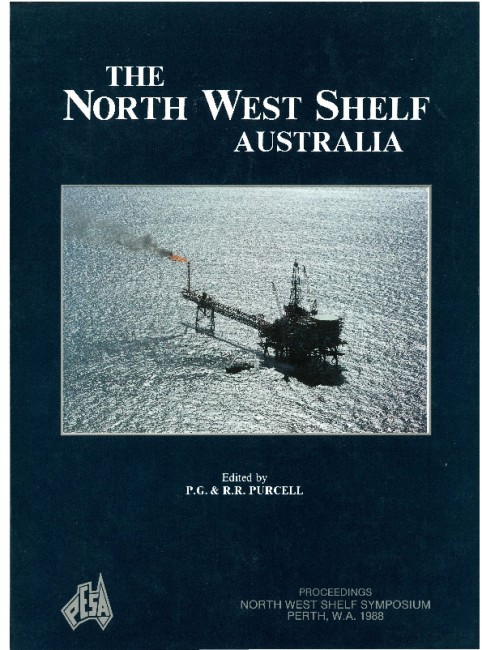Publication Name: The North West Shelf Australia
Authors: J.D. Saxby and D.E. Lambert
Date Published: July 1988
Number of Pages: 17
Reference Type: Book Section
Abstract:
Cross-polarization magic-angle spinning 13C nuclear magnetic resonance spectroscopy (NMR) has severaldesirable features for the characterization of kerogen in petroleum source rocks. The technique is nondestructive, uses small samples and can potentially probe fine details of chemical structure. On the other
hand, an average spectrum from all the macerals present is obtained, and, when organic contents are low,
time-consuming demineralization is essential. Samples (38) from 22 wells on the hydrocarbon-rich North West
Shelf of Australia provide a good variety of source rock types for NMR assessment. Aromaticities from NMR
correlate well with H/ C ratios, which in turn are a measure of generative capacity for hydrocarbons. Aerial oxidation of fine-grained pyrite/marcasite in kerogen concentrates can produce ferric salts which can adversely effect spectral quality and hence limit the applicability of this technique.


